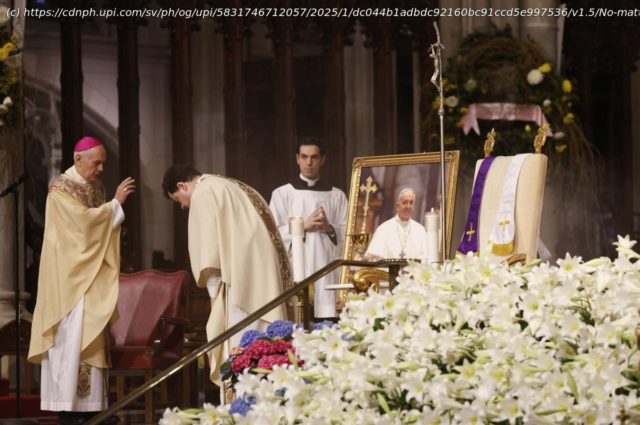The Conversation U.S. asked Maureen Day, a researcher at the University of Southern California who has written several books about the contemporary church, to explain what Catholicism looks like in the United States.
More than 130 cardinals entered the Sistine Chapel on Wednesday. With the announcement «Extra omnes» — «all out» — the doors have been closed and the cardinals sequestered to elect the next leader of the Catholic Church.
They will vote, confer, pray and vote again until a candidate acquires the two-thirds majority needed to become pope.
Ten of the men voting this week are from the United States. The Conversation U.S. asked Maureen Day, a researcher at the University of Southern California who has written several books about the contemporary church, to explain what Catholicism looks like in the United States at this high-stakes moment.
How is Catholic identity and practice in the United States changing, compared with a generation ago?
In 1987, the year of the first American Catholic Laity survey, nearly half of American Catholics said that faith was «the most» or «among the most» important parts of their life. Now, only 37% say the same.
Others are leaving the Catholic Church completely. The General Social Survey, a national survey conducted every year or two since the 1970s, asks people about the faith they grew up with, as well as their present religious identity.
According to our analysis of its data, in 1973 only 10% of Americans who grew up Catholic had changed religions, and another 7% had left religion altogether. By 2018, each of those percentages had increased to 18%.
A Pew Research Center study conducted in 2024 found that for every American who converts to Catholicism, another 8.4 leave. The only reason that Catholicism is able to maintain a relatively steady share of the U.S. population — about 20% — is due to the high percentage of immigrants and migrants who are Catholic.
So my co-authors and I chose the title of our 2025 book, Catholicism at a Crossroads, quite intentionally. The church has been facing a variety of challenges for decades, both nationally and across the globe. It’s not just about disaffiliation, but also issues such as the sexual abuse crises and bishops’ decreasing influence on lay Catholics’ personal decisions.
In response, church leaders have mostly offered minor adjustments, such as encouraging parishes to become more family- or young adult-friendly. They have not yet made larger shifts that could substantially alter some of those trend lines.






